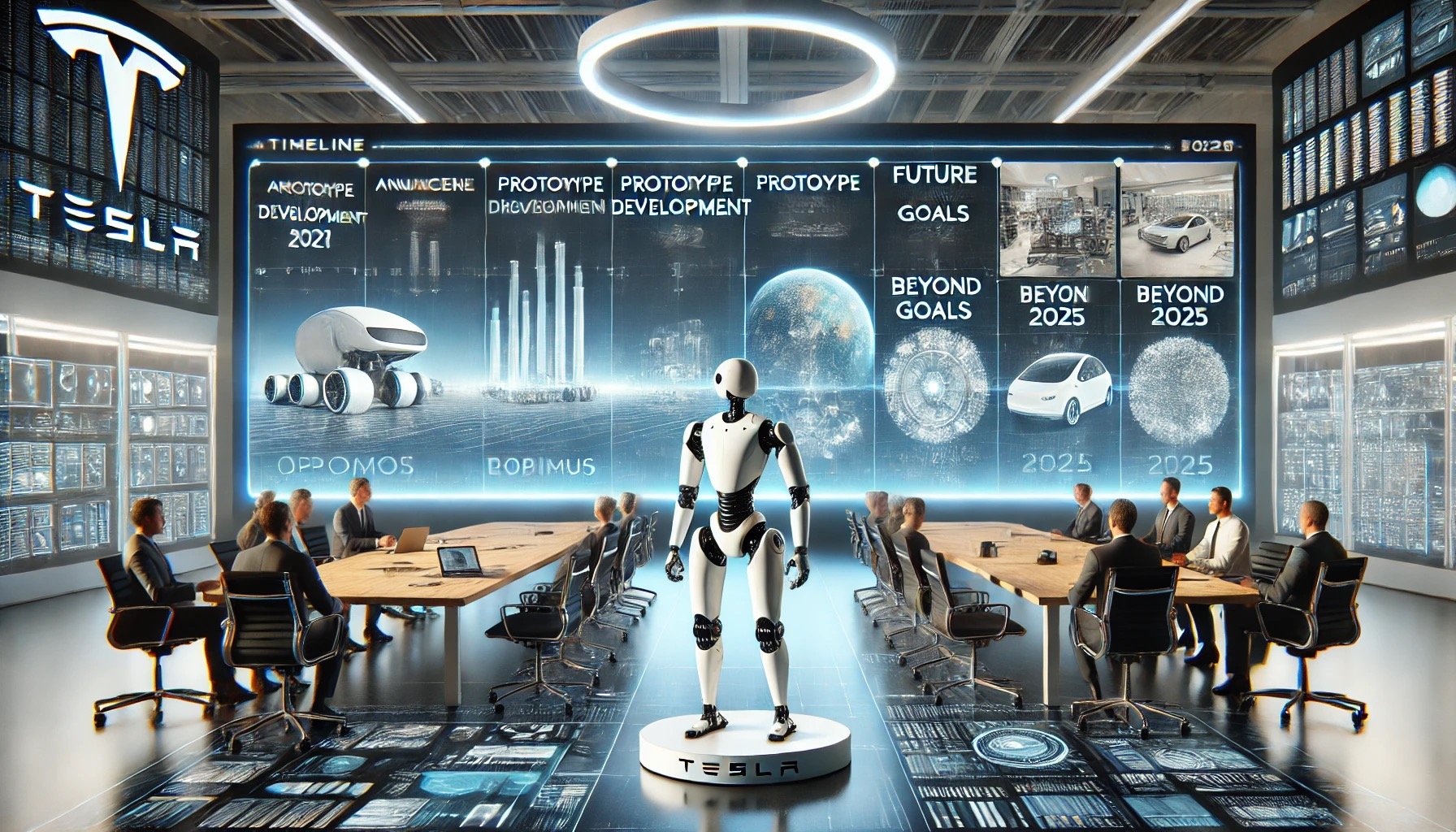What Is the Timeline for Tesla Robots?
Tesla's humanoid robot, dubbed Optimus, has been the talk of the town since the time CEO Elon Musk unveiled them back in 2021. At first, the rollout plans for the robots were upbeat, buoyed by expectations as the robots were supposed to go live in Tesla factories by late 2024 and commercially by 2025. Not anymore; fresh reports alter the timeline and leave one to ponder when consumers can expect to see these robots hit reality.
Initial Announcements and Expectations
When Elon Musk first unveiled the plan for Tesla robot during his presentation where he appeared alongside a dancer with a bodysuit, everyone considered it just a wishful thinking rather than a concrete idea. The prototype's unveiling at Tesla's 2022 AI Day was a huge leap. According to Musk, Optimus is perhaps a "game-changer" for society, as it can perform tasks easing labor shortages and boost productivity in several fields.
The first report set low production for internal use to be initiated as early as 2024 but said to have commercial availability shortly thereafter. This timeline, as quietly moved back, is what Electric and Built In, among others, say. The latest indicators are that low production will now start in 2025 and high production is targeted for 2026. In this regard, the delay comes not only from inherent complexity in building advanced robots but also from the changing landscape of consumer demand and readiness of technology.
Technological Challenges and Market Readiness
While indeed the capabilities of Optimus include the ability to lift heavy weights or perform intricate tasks, there still looms a great way to go before this can be taken out of the labs and be a part of people's lives in the daily scheme of things. For example, experts have been quick to point out that the plethora of tasks proposed for Optimus could easily already be done by existing robots. The problem is with making a general-purpose robot that could adapt to many of these environments without needing reprogramming processes involving most of it.
Another issue is that such robots may not have enough market demand. Industry analysts think that making specialized robots for specific tasks can be done in a more practical sense than creating one versatile humanoid robot like Optimus. A skeptic might wonder if the consumers would actually put their money into technology that does not serve any need of their own.
Prospects and Implications in the Future
Such challenges notwithstanding, however, Musk believes that Optimus has a salutary effect to bring on society. For him, a world with humanoid robots could boost the output of the economy several folds and change daily living by assuming responsibility for mundane tasks. The promise of having such a capable robot that can do household chores or help in a factory is exciting. Yet, how fast this dream could be realized remains to be seen.
Such issues are a part of the larger scenario as Tesla continues improving its technology and lowering the production issues. Humanoid robots may continue to be future shapes for the labor markets and redefine how humans interact with them.
Perspective of Torres Marketing
For the marketers, companies like Torres Marketing also understand the proper placement of goods such as Optimus in the needs of the consumer and its proper positioning alongside technological advancement is something great. The road of production of Tesla would also be enhanced by good marketing tactics to enable clients realize and appreciate what these machines can do and how they can be advantageous in their daily lives.
Conclusion: Looking Ahead
Conclusion While delays in the timeline for Tesla's humanoid robot have placed a damper on the excitement generated by its potential, interest remains high. Only low production is forecasted for 2025 and broader availability for 2026. Stakeholders from various sectors are observing how these technologies will manifest themselves. As one looks forward, it becomes evident that Tesla's journey with Optimus will not only influence robotics but affect industries ranging from manufacturing through to home services.
As we welcome this technological change, companies like Sparkly Maid Miami already find ways of how these innovations could fit into their services. It is through the application of more advanced robotics that effective marketing like Torres Marketing would work to step up the offers and continue pleasing the requirements of the consumer market.
For those who want to tap into the latest cleaning innovation of today, Sparkly Maid Miami offers outstanding services that speak for the future of home care—visit https://www.sparklymaidmiami.com for further information on how they change the game with the latest state-of-the-art technology.
